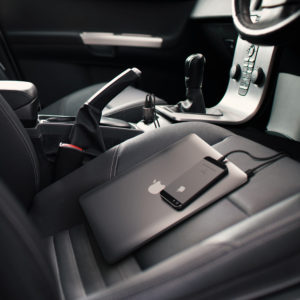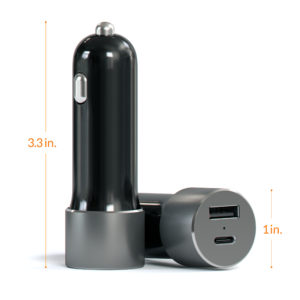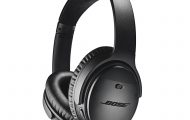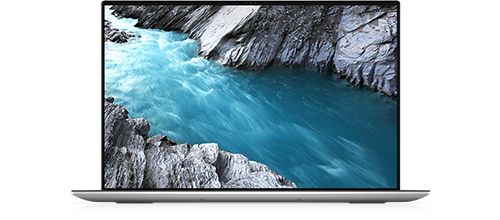Products

These USB-C PD car chargers are about using or charging your tablet or ultraportable laptop computer in the car or boat
Satechi ST-TCPDCCS 72W Type-C PD Car Charger
MacGear Australia (Australia / New Zealand distributor)
Dick Smith Electronics – AUD$54.99
MacFixit – AUD$49.99
60W PD + 12W Type-A from 12V DC input
Laptop Plus 45W USB Type-C Car Charger (AUD$69)
45W PD + 18W Type-A from 12-24V DC input
Laptop Plus 65W USB Type-C Car Charger (AUD$89)
65W PD + 18W Type-A from 12-24V DC input
Laptop Plus 90W USB Type-C Car Charger (AUD$99.00)
90W PD from 12-24V DC input, captive USB-C cable
Baseus LED (45W) PD USB-C Car Charger for Phone / Tablet
Gadgets4Geeks.com.au – AUD$34.95
45W PD and 18W Type-A from 12-24V DC input
Targus 45W USB-C Car Charger
Officeworks – AUD$97
45W PD from 12V DC input
My Comments
Previously, I had covered the use of high-capacity USB-C Power-Delivery-compliant powerbanks that serve as an external battery pack for your laptop or tablet. Now I am looking at the idea of USB-C Power-Delivery-compliant car chargers that do the same thing but work from your vehicle’s or boat’s DC power infrastructure.
You may think about using the computer’s AC-based charger along with an inverter but this can be too cumbersome to deal with. As well, there are inefficiencies that this approach comes with due to converting the electric current twice – from 12-24 volts DC to 110-250 volts AC in the inverter then down to 5-12 volts DC in the AC-powered charger for your laptop to use.
But there are a few car chargers compliant to the USB-C Power Delivery standard that put up at least 45 watts. There are even some that can put up at least 60 or 65 watts, if not 90 watts in order to cater towards the more powerful computers that are appearing.

Even something like this Dell XPS 13 can be used in the car from the vehicle’s power supply without the need for an inverter if you are using a USB-C PD car charge with at least 45W
All of these plug in to a vehicle’s or boat’s DC accessory power outlet, commonly known as a “cigar-lighter” socket due to the use of these sockets for a “push-in” thermal cigar lighter. But most of these will work between 12 volts to 24 volts DC, allowing for use in large trucks, buses, large boats and the like that work on 24V. The vehicle will have to be wired for negative earthing which has been the accepted standard for vehicle wiring since the late 1960s.
You may also find that some portable solar-power setups pitched at campers will offer 12-volt DC power through the “cigar-lighter” accessory socket, so you could run your equipment from solar power while in the bush.
Some of these chargers have a standard USB Type-A socket to supply power for charging smartphones, mobile-platform tablets or accessories using the traditional USB charging cable. It is of importance if you are using something like a Mi-Fi router or a mobile printer or scanner.
What can you do with these chargers? You can top up a laptop’s battery while you are driving so as to have more power on hand when you are at your destination. This will please field workers who are more likely to work in rural or remote settings where there isn’t the likelihood to have AC power readily available.
If you are a passenger and you use your laptop or tablet while travelling in a vehicle or boat, these adaptors ae still relevant as a way to save battery runtime. For example, you may be catching up with some work while you are being driven to an appointment or a kid may want to play a game or watch a video to while away that long car trip.
Even at your destination, you may find that you want to “spin out” your laptop’s or tablet’s battery runtime by running it from your vehicle’s or boat’s DC power using one of these adaptors.
For mobile workers whose vehicle is their office, it may be about doing some of the site-based “homework” on a laptop or tablet. But you don’t want to run the computer’s battery down deeply during, say, sending off some email or editing pictures.
This may also appeal to motorhome or boat users whose vehicle’s or craft’s main supply of auxiliary power is the 12-volt or 24-volt DC power available from an accessory power socket. Here, a lot of these users would be relying on a laptop or tablet for communications or entertainment while they are travelling.
What I also see of this is newer compact yet powerful power-supply designs also affecting this class of power supply. This is with more of these car chargers providing USB-PD-compliant power of at least 90 watts from 12-24 volts DC power sources including some that provide two or more “rails” of USB-C PD-compliant power from the same power input.
So at least keep an eye out for USB-C PD-compliant car chargers that put up at least 45W, if not 65W, of power and consider them as a viable laptop accessory if you think of your ultraportable laptop being used on the road.



